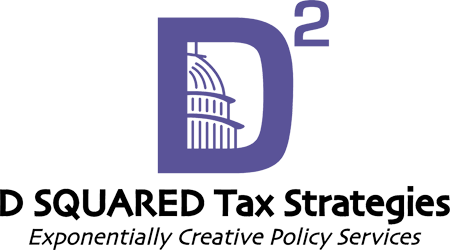Right now even the seasoned tax minds at US Treasury don’t have all the answers.
Practitioners and interested parties are furiously asking Congressional staff and Treasury countless questions about how things work and how various methods should be handled going forward. Neither Congressional staff, nor Joint Committee staff has clear or complete answers right now.
One thing is clear. There is a lot of anxious confusion.
On a promising note, Regulatory Czar Dana Trier of the Treasury Department believes that Treasury will get through all the regulations in time. Understandably, Treasury will likely address and issue easier regulations first and then go back and handle the more difficult ones at a later date.
Sometimes this may mean that provisions even within the same regulation are issued at different times. Some more serious and difficult regulations have taken staff attention and time away from other regulations.
Basic questions need to be answered quickly. For example, “how do I apply an expense allocation?” The business community said it would welcome some Treasury notices that answer questions ASAP, rather than waiting on full regulations. But there is some concern that doing so could slow methods to be consistently applied.
Regardless, Treasury is taking the regulation writing process very seriously. They are working with Congress and working seven days a week. They are hoping to issue the easier regulations first. They are trying to be timely, efficient and effective.
The Joint Committee on Taxation (JCT) Blue Book is looking like a special opportunity for congressional tax-writers to clarify legislative intent. However, we won’t see that for quite some time.
In 1986, the blue book didn’t come out for almost 6 months after law passage. Partnership sections, which are considered imperative, will probably be seen before other provisions.
“The JCT Blue Book will be very telling when JCT comes out with it in May. The “Partnership-related” Blue Book could come out earlier. Staff and JCT were hand-in-hand in writing the bill. The Blue Book may have clarification and answers that the bill doesn’t have. The Blue Book may be the prescription that Hill staff didn’t have time to write during the nutty momentum. It could end up serving as unofficial regulations.”
Congress purposely gave substantial regulatory authority to Treasury, thus allowing them to correct and clarify the law through comprehensive regulations.
It was understood that writing of Section 965 was going to be passed onto Treasury, because it was confusing and didn’t easily line up. Treasury was involved enough in the drafting of law to know “what’s what” to write it.
However, other code sections like the Section 958, attribution rule for CFCs, is a key issue. Everyone involved in the legislative process wanted the effects to be narrow. However, Treasury wasn’t given a lot of legislative authority unlike what they were provided in Section 965.
So now a key issue is- can Treasury now fix and cure a problem when they don’t actually have specific authority to do so?
Treasury has been spending so much time on transition rules that other regulations have not gotten done yet. It looks like Treasury will do a series of notices to temporarily stand in for regulations.
Congress still needs to be involved.
They need to help Treasury answer the many questions that exist – What direction should taxpayers go? To what extent will the Treasury or IRS take a practical approach and let taxpayers know what to do when they file?
All Treasury staff is committed to releasing guidance as soon as possible and has picked up the baton of the intensive work hours that Congress enjoyed after the passage of the bill.
For more tax policy insights and analysis, subscribe to the Tax Policy Update.

